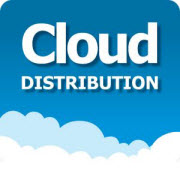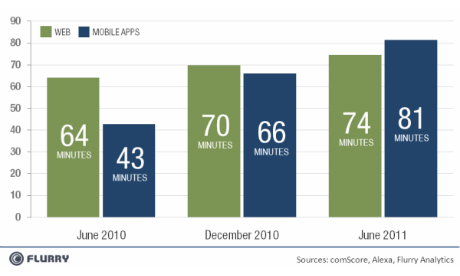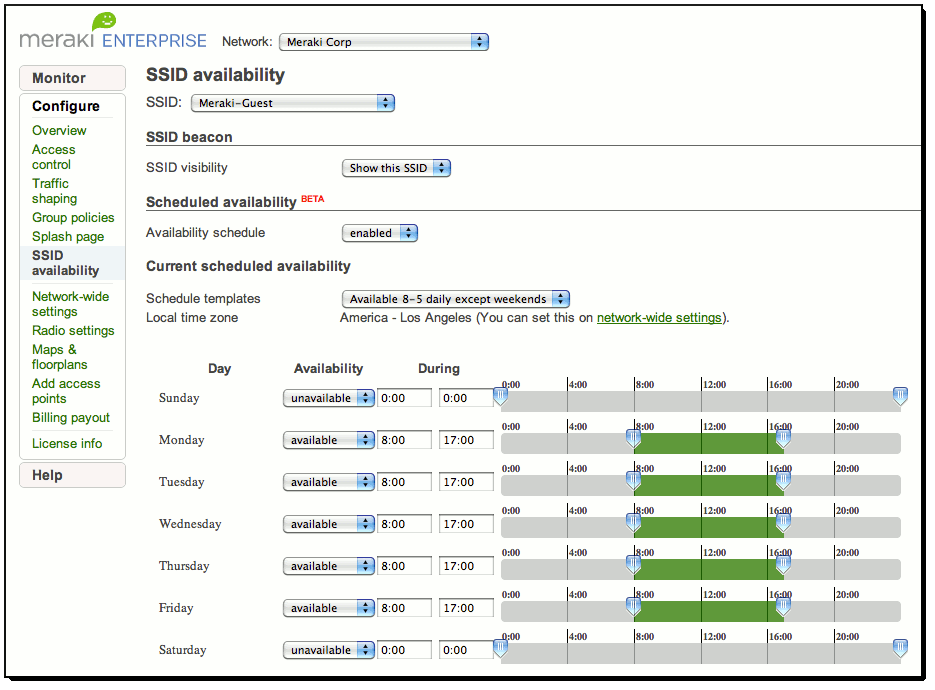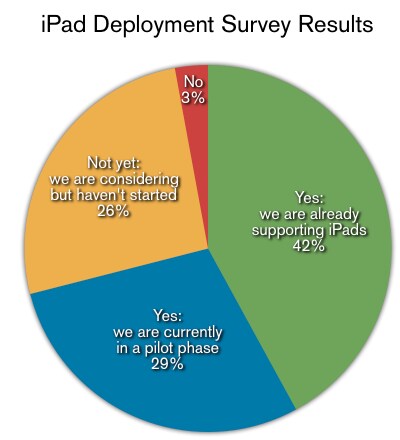It’s not the most daring and cutting-edge prediction to say 2011 will be Wi-Fi’s second coming. However, you might be caught off guard when I tell you to not worry about a vendor’s WLAN architecture.
Your business needs will flush out the right one. Despite the initial hype seven years ago that Wi-Fi was going to be the new edge, it’s been the second choice for most users to connect with at work — but that will change.
A tidal wave of wireless devices will be crashing through the enterprise front door very soon. Just look at the carriers scrambling to build out their infrastructure — there’s no shortage of stories about AT&T and their build-out of Wi-Fi in metropolitan areas.
And users have fused their work and personal phones and are looking to seek coverage from carrier data plans.
The time to start was yesterday, and you have a ton of work to do. Your edge will be servicing:
- Employees with corporate netbooks and their own smartphones and/or tablets who watch training videos on YouTube from companies like VMware.
- Devices like torque tools, temperature sensors in exothermic chambers, ambient light sensors, and a myriad other devices.
- Contractors with their own laptops, netbooks, tablets, and/or smartphones who need access to specific company applications.
- Guests like account executives entering customer information into their CRM programs.
- All the things being developed at venture capital backed incubators.
The industry is still evolving. We started with distributed architecture with uncoordinated and intelligent access points then moved to a centralised one with coordinated and thin access points (APs). The pendulum is starting to swing back to distributed and intelligent APs, except now they’re coordinated.
Management, data, and control planes have gotten more sophisticated to coordinate data, users, and management between each access point instead of having a controller figure it out.
Aerohive and Meraki Networks offer distributed solutions, and the other vendors have been mudslinging. At one time Proxim and Cisco’s Aironet marketing teams tore into Aruba’s and Symbol’s controller-based architecture. Have you seen a Proxim AP attached to a ceiling in a while?
These types of arguments remind me of the auto wars in the late ’70s and early ’80s. US auto manufacturers railed against front-wheel drive cars; most of them were foreign. Now, front-wheel drive architecture dominates auto sales, and US auto manufacturers produce more FWD than RWD. There’s a place for each type — as with wireless architectures.
For example, a cloud-based vendor, Meraki, offers a compelling value proposition. I’ve spent a lot of time with state, local, and education customers who have limited resources. A cloud-based solution from Meraki in which the users wouldn’t have to reconfigure their network for controller redundancy or set up a server for management would be ideal.
Most k-12 infrastructure and operational professionals wear networking, server, and help desk hats all at the same time. A solution with less moving parts with comparable features would be nirvana for them.
There are a lot of vendors and great solutions available for every type of company. Meraki and Aerohive might not be close in size to the market leaders today, but look what happened to the market leaders of yesterday. To woo you, larger and more established vendors with a zillion features have a tendency to direct you to the latest and coolest features like RF analysers.
In many instances, most of the “new” features are an insignificant piece of the overall solution. For example, I can choose to put iridium rather than copper spark plugs in my engine to increase performance, or I can take advantage of other mundane modifications: keeping tires at the right pressure, ensuring the air filter is clean, changing out the exhaust, or putting in a performance chip.
Any of those can create a magnitude of difference in horsepower and mileage compared with precious metal spark plugs — and even for a lot less money.
Are you using all the features you were sold? What are the top three features your organisation can’t live without? Any ones that didn’t work the way you expected?








